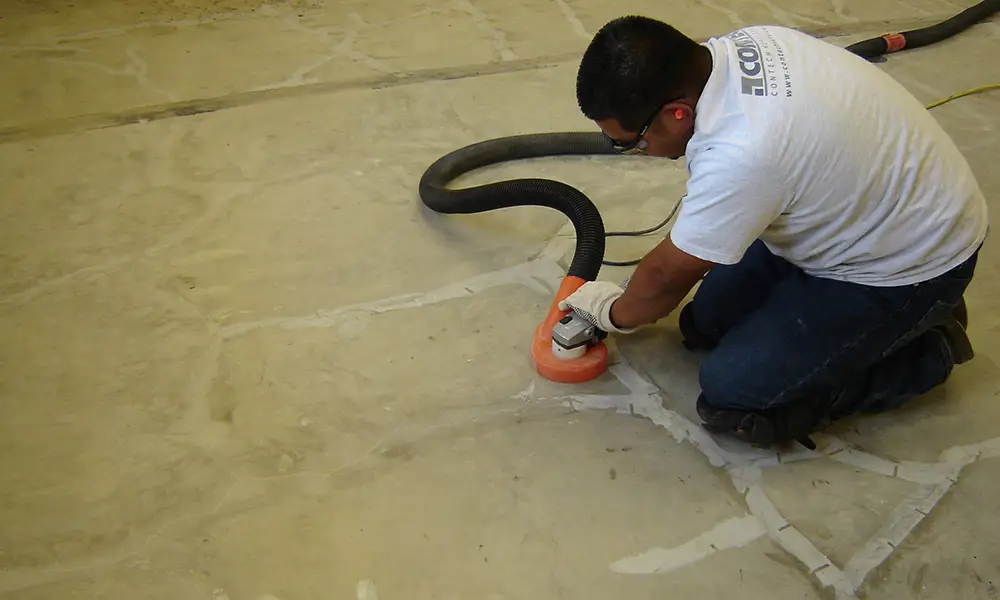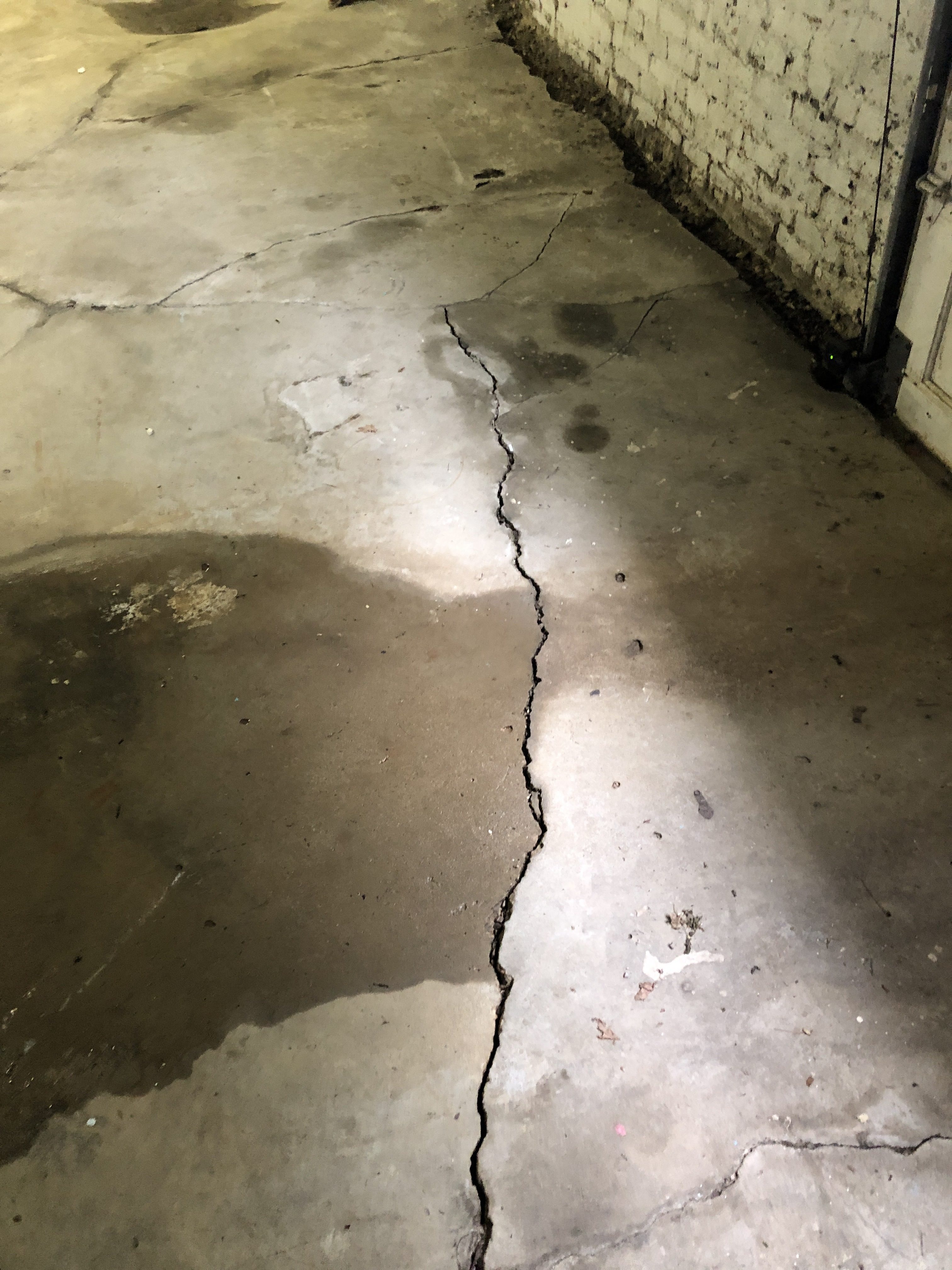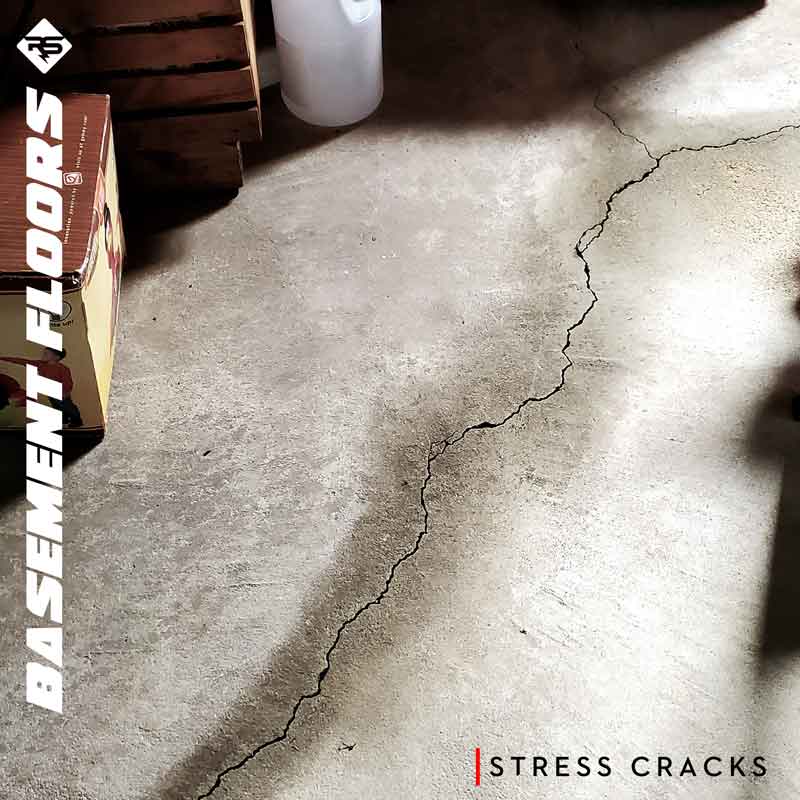Basement floor cracks are not just a cosmetic issue, they could also be a sign of a more serious problem: radon. This colorless, odorless gas is a health hazard that can seep into homes through small cracks in the basement floor. In this article, we’ll discuss what you need to know about radon and basement floor cracks and what steps you can take to protect your family from potential health risks.
What is Radon and How Does it Enter Your Home?
Radon is a radioactive gas from the natural decay of uranium in the soil. It’s a colorless, odorless gas that can enter your home through small cracks or openings in the basement floor. Radon can also come through the water supply, but this is less common and not as dangerous.
Once radon enters your home, it can accumulate to dangerous levels if not addressed properly. Exposure to high radon levels has been linked to lung cancer, so it’s important to take steps to reduce your family’s risk.
Testing for Radon in Your Home
Testing for radon in your home is the only way to know how much is present and what steps must be taken to reduce it. If you have cracks in your basement floor, testing for radon is important. Even if you don’t have any visible cracks, radon can still be present.
The best way to test for radon is to hire a professional. They will be able to tell you what level of radon is present in your home and what steps need to be taken to reduce it. You can also purchase do-it-yourself radon test kits, but following the instructions carefully and sending the kit to a certified laboratory for analysis is important.
Reducing Radon Levels in Your Home
If you find high levels of radon in your home, there are steps you can take to reduce it. The first step is to seal any cracks in your basement floor. This will help prevent radon from entering your home.
Another step you can take is to install a ventilation system. This will help circulate air and reduce the amount of radon in your home. If sealing cracks and installing a ventilation system don’t reduce your radon levels, you may need to install a radon mitigation system.
Radon mitigation systems collect radon from the soil and release it outside your home. Several types of radon mitigation systems exist, including sub-slab suction, drain-tile suction, and sub-membrane suction. A professional can help you choose the best system for your home.
Basement floor cracks can indicate high radon levels, a colorless, odorless gas that is a health hazard. Testing for radon is the only way to know how much is present in your home and what steps must be taken to reduce it. If you find high levels, taking action as soon as possible is important to protect your family from potential health risks. Sealing cracks, installing a ventilation system, and installing a radon mitigation system are all steps to reduce radon levels in your home. Remember, even if you don’t have any visible cracks in your basement floor, radon can still be present.
Basement Floor Cracks Radon

Cracks in the Basement Floor? Hereu0027s What They Mean – Bob Vila
Radon Gas Mitigation – Radon Mitigation, Bedford, NH – Crack Seal
How to Seal Cracks in Basement Floor for Radon in 7 Easy Steps
Radon Mitigation Without Drain Tile – American Radon Mitigation
Radon Gas Mitigation – Radon Concerns in Finished Basement
Sealing Cracks – VSI Radon Reduction Corp
ALS Property Associates, Inc – Radon Gas Mitigation – Crack
CrackWeld PRO Floor Repair Kit
Why is Sealing Important for Radon Mitigation? – American Radon
Sealing Cracks – VSI Radon Reduction Corp
Related Posts:









